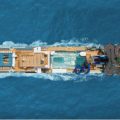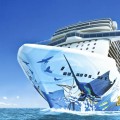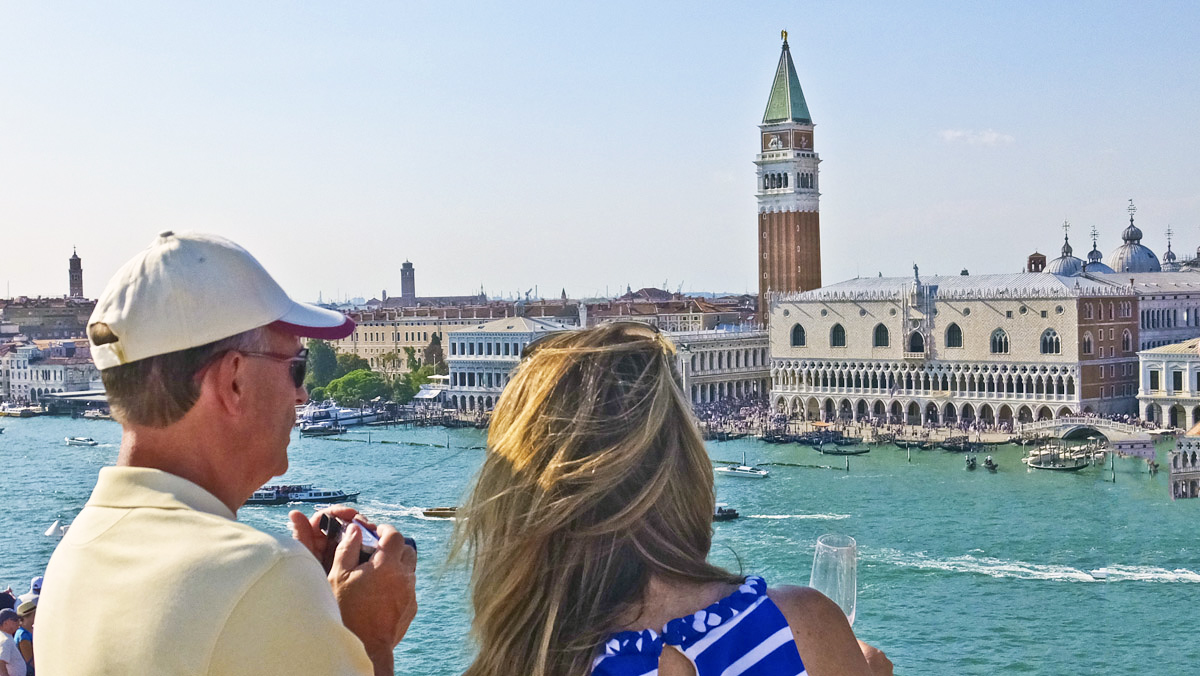
There were once such simple rules for choosing a cabin on a ship: port out– starboard home, the higher the deck, the better the class of service. And the more you spent, the bigger the cabin.
There’s still some truth to the old sayings about sailing the seven seas, but with ships towering to more than a dozen decks rather than four or five and with balconies covering the flanks and even the fronts and rears of ships, there are a lot more options than ever.
On Royal Caribbean’s new Harmony of the Seas, for instance there are more than 40 different room categories, many of which are virtually identical, other than location. Some may end up in promotions that make a technically higher category less expensive than a lesser category.
It can be a daunting challenge to balance your cruise budget with the potential benefits of paying up for a higher category accommodation. Here’s a look at pros and cons to weigh as you scan the deck plans for your next cruise:
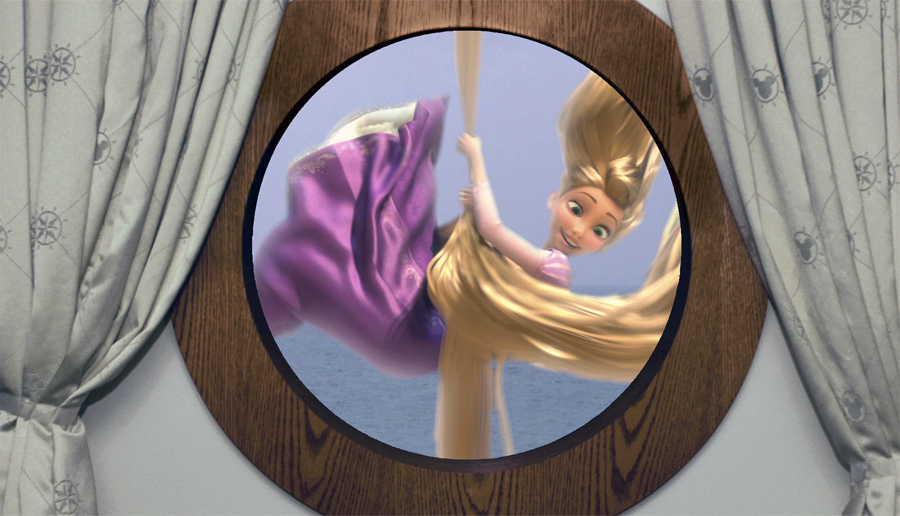
1) An Innie or an Outie?
There’s considerably more comfort these days in a room without a view and many would rather scrimp on the fare and be outside in public areas on the ship when they’re not racking out. But there are trade-offs.
Inside: You can get the lowest fare booking an inside. And these days, guests in all categories have the run of the ship, which wasn’t the case in days gone by. You can find a place with a view on deck and put the money saved into other things, like libations and shore excursions. It’s also possible to take an afternoon nap in complete darkness. And if you happen to be on a cruise that’s not in peak season, there’s a chance you can get a complimentary upgrade to an ocean view.
Outside: Unless cost saving is your sole priority, paying up for a room with a view is going to give you a more memorable cruise. On itineraries in scenic locales like Alaska and Europe, the views are a big part of the experience. You won’t have to jostle for a view at the rail on deck and don’t have to wash up and get dressed to see early morning scenic arrivals. Natural light also helps you wake up in the morning.
Spoiler: Most ships now have televisions with feeds of the view outside. Introduced on Quantum-class ships and now also on Harmony of the Seas, Royal Caribbean has otherwise windowless inside staterooms that feature “virtual balconies.” These are 80-inch LED projection screen that stretch from floor to ceiling showing high-definition views of the ocean and destinations from cameras outside the ship.
Disney Cruise Line’s Dream and Fantasy offer virtual “Magic Portholes” in many of the inside cabins that also include surprise visits by Disney characters.
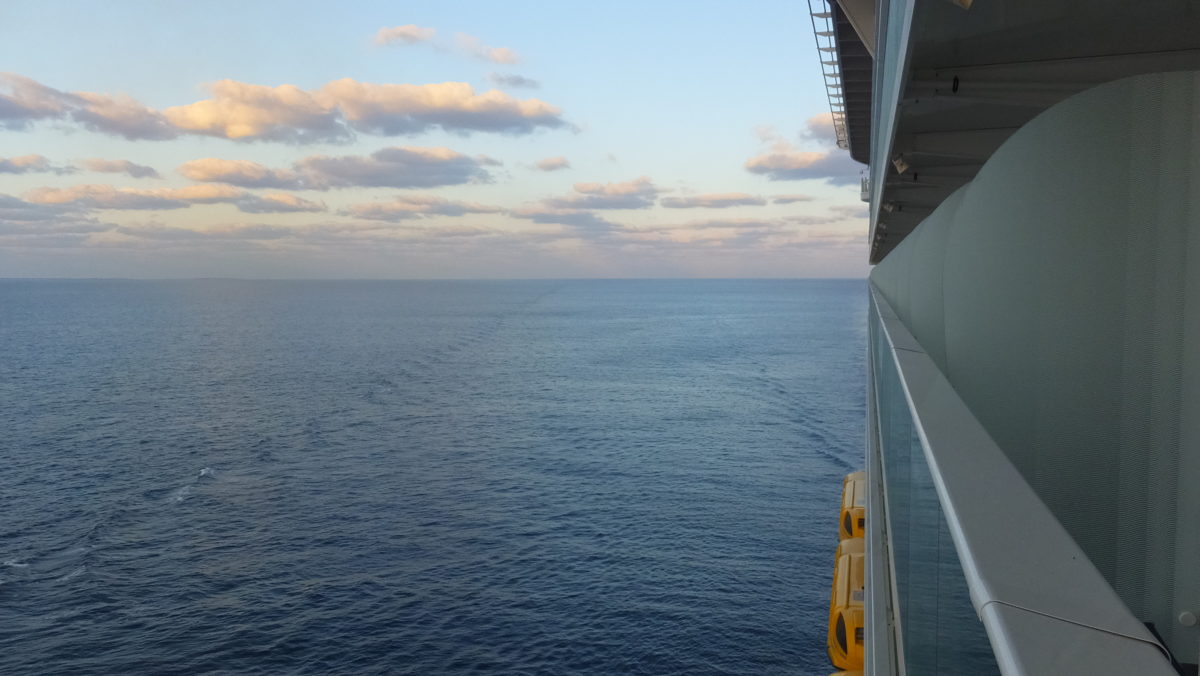
2) High or low?
Near the water line: There used to be some truth to the idea that a cabin on a lower deck in the middle of the ship was the most stable as ships hit waves. But that was advice for narrow liners built for speed across the roaring seas of the North Atlantic.
These days, ships are built wider and itineraries are scheduled to sail in locales and seasons when the motion of the ocean is less an issue. The cabin categories near the water line and middle of the ship may have a bit less movement of the ship because they’re closer to the center. But they’re also the ones least likely to have balconies.
Reaching for the sky: Big ships these days are designed to cut through waves rather than ride up swells and stabilizer systems make for far less side to side movement. On most ships, the premium class cabins are on the upper decks. In addition to offering the most panoramic views, they’re likely to be more convenient to the sports decks and daytime restaurants.
And even if two rooms are identical, what they’re near can also affect how you’ll enjoy your cruise, so there are further questions to ask before you book.
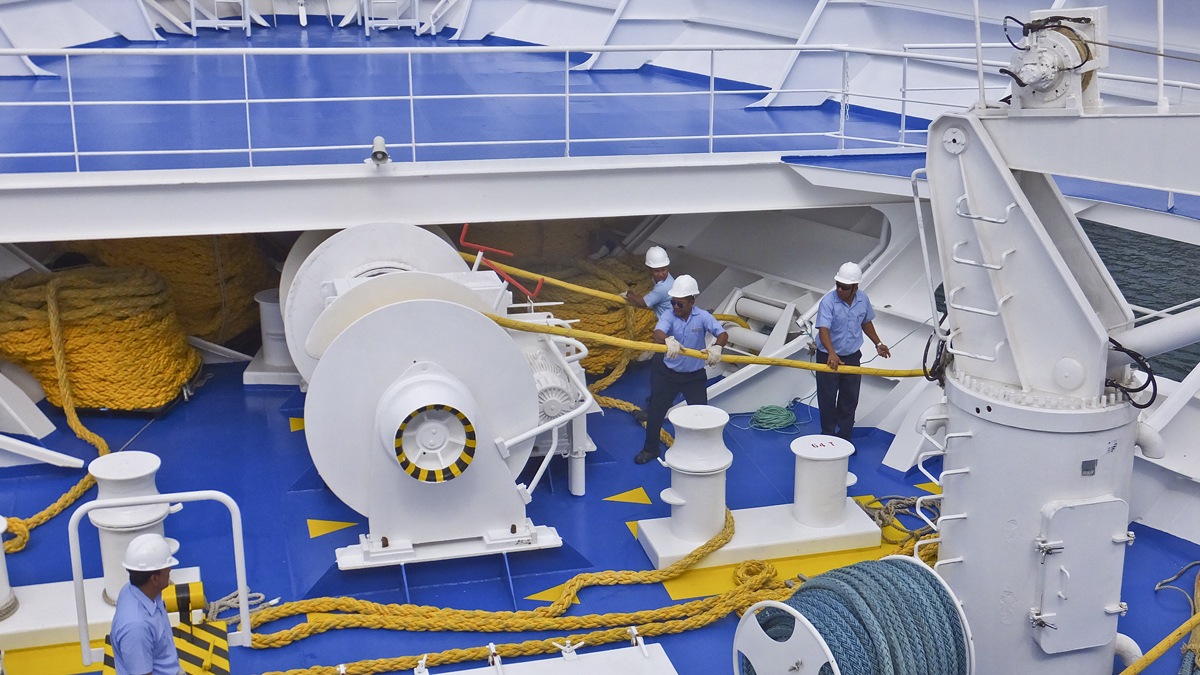
3) Is forward thinking for you?
A significant addition to the choices available on modern ships are cabins at the front and rear of the ship. Many of the largest suites on ships are located at the front, and they often come at a handsome premium.
Pros: Balconies in the front are generally larger than on other parts of the ship.You get the same wraparound view the captain gets. You’ll get the best views of arriving in ports.
Cons: When the ship’s underway and heading into the wind, being on the gusty balcony might be uncomfortable. Since forward decks tend to be angled, part of your balcony is also likely to be within view of decks above and the bridge. There also tends to be a lot of machinery around the bow, and it’s at its loudest early in the morning when docking or anchoring.
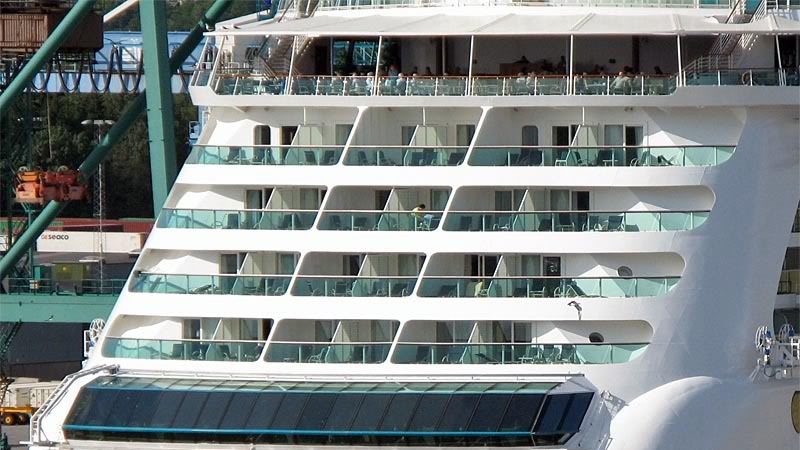
4) Looking back from where you came?
Increasingly, ships are being squared off in the stern to create rear-facing balcony cabins.
The plus: Rear-facing staterooms are popular because they provide panoramic vistas and a nostalgic view of where you’ve been–with the ship’s wake marking the path. On some of Royal Caribbean’s big ships, a cabin near the stern can also give you a balcony view of the aqua shows.
The minus: Know where the engines are. Although propulsion systems tend now to be relatively quiet electric pods with small propeller blades rather than a big whirring drive shaft, there can be more vibration at the stern of the ship.
5) Port or Starboard?
The sailors’ terms are easy to figure out if you remember: the port side of the ship has the same number of letters as left. Starboard the right side of the ship. The old saying port out, starboard home (POSH) referred to a passage to India in the days before air conditioning, when being on the shady side of the ship meant you’d stay cooler.
Many people still specify a side of the ship, particularly for cruises in Alaska and Europe, says Vicki Freed, Royal Caribbean International’s senior vice-president of sales support. “Alaska is very interesting. They want to be on the starboard side heading north and port on southbound voyages because they want the view of the land or the side with the port,” she said.
But in reality on Inside Passage trips, there are often views on both sides and on days amid the glaciers the ships do circuits of the inlets so everyone gets a chance to have the glacier outside their cabin.
And port side no longer means being docked on the side of the ship with a view of the port. Especially in the Caribbean, ships may back in to berths or parallel park on long docks. And in many European and Asian stops, the docks are very industrial zones, so being on the ocean side can be more scenic and less noisy.
Freed’s advice is to carefully peruse the itinerary. “People want to have views or arriving or departing from Venice and other ports in the Mediterranean.” But in reality, there are often deck parties while sailing away from Venice or other scenic ports in the Mediterranean and Baltic that will mean you’ll want to venture out on deck at any rate.
While there are more choices than ever, “the further in advance you book, the better the selection, particularly if you’re looking for suites or single-occupancy staterooms,” Freed cautions.
It’s never too early to start planning your next cruise.


